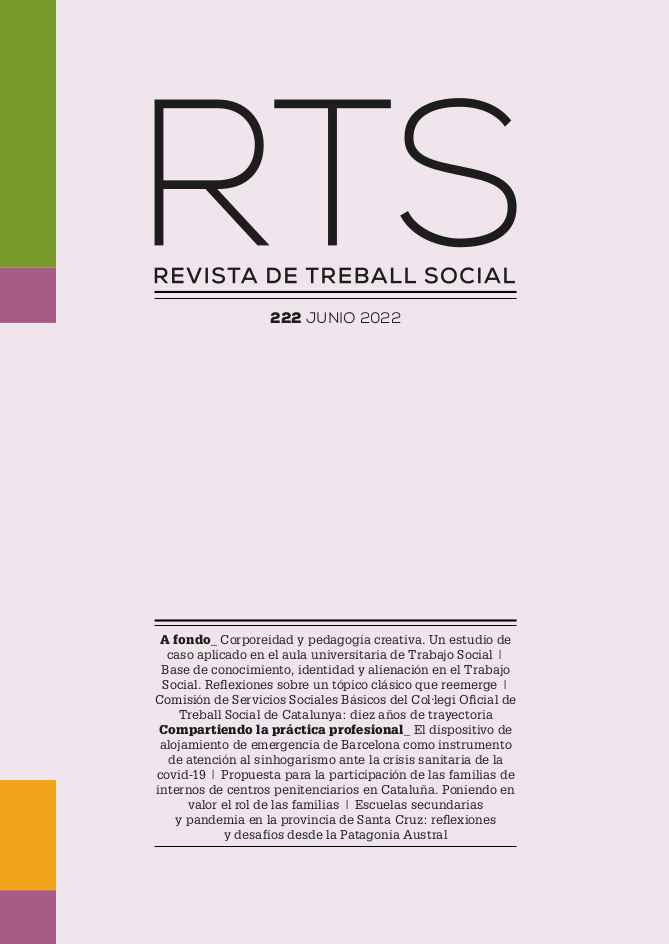This paper details the launch within the space of little over three weeks of a tool for providing shelter and quarantine for hundreds of homeless people in the city of Barcelona. The mission of the new tool was to assure the right of all people who were sleeping rough in the city at the time to comply with the strict lockdown enforced by the health and civil protection authorities.
The data compiled during the implementation of the emergency accommodation facility allows us to analyse certain characteristics of the population hosted between March 2020 and July 2021. It was determined that 54% of the people who used these facilities were not sleeping rough before the pandemic; rather, they were in inadequate or unsafe housing; 27% ended up on the street unexpectedly due to the pandemic; and 38% had been homeless for fewer than 6 months.
The experience in managing these facilities and the characteristics of the people who used them lead us to consider the need to create services where the growing permeability between the different ETHOS categories of homelessness and residential exclusion is taken into consideration.





